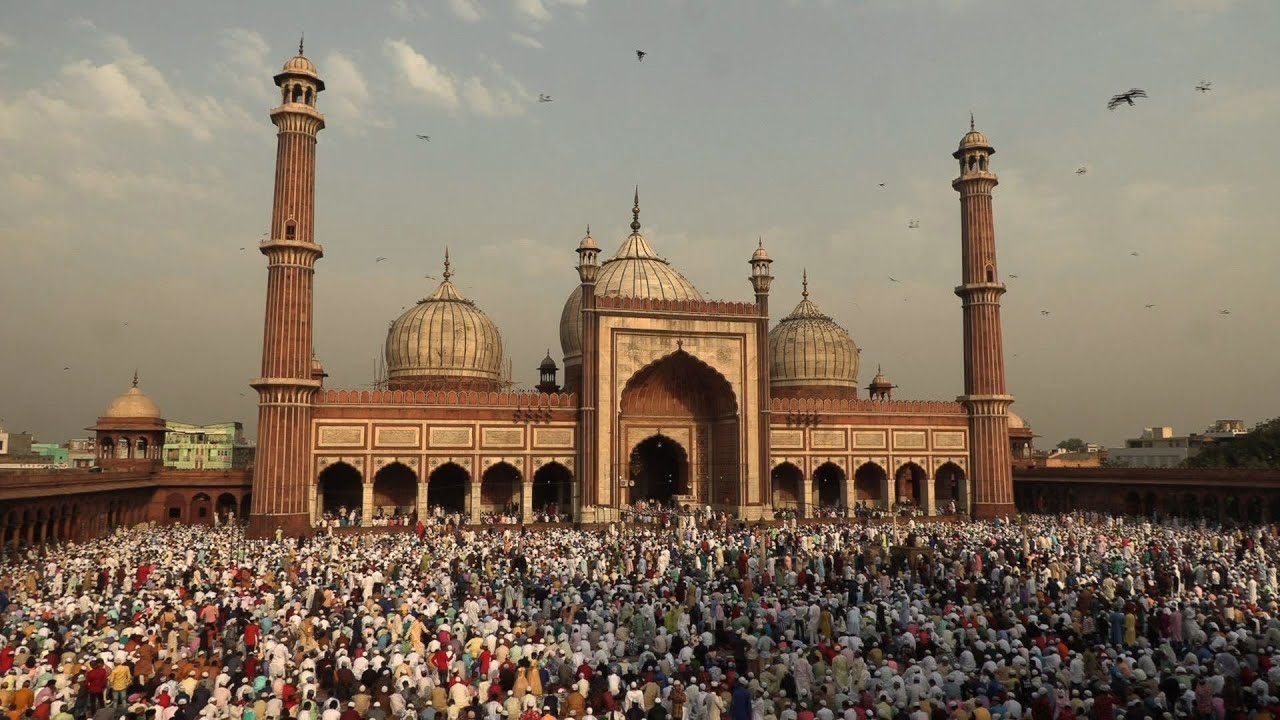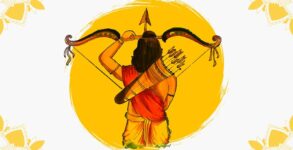Eid-al-Adha is the festival of sacrifice and it lasts for three days. The festival also marks Qurbani and the Hajj pilgrimage. The celebration is held to commemorate the sacrifice that Prophet Ibrahim was ready to perform on his son Ismail to Allah. Allah spared his son and instead sent a ram for slaughter.
As per Islamic beliefs, Eid-al-Adha is a time to be grateful to Allah for all the blessings he showers on his devotees.
The festival is important as it reminds all Muslims to not be occupied with material possessions and instead they should not lose track of spirituality.
As we mark Eid-al-Adha today, here are the rules and practices that have to be followed for animal slaughtering.
While it is not a pillar of Islam and is also not mandatory during Hajj but it is still a vital component of the Islamic religion. The rules that should be followed by every Muslim are listed below
Every able Muslim can perform Qurbani. The ones exempted from observing this significant festival are
- Muslims who do not own 52.5 tolas of silver, or wealth that has an equivalent value.
- Muslims who are not of sound mind.
- Muslims who are yet to reach puberty.
- Muslims who are on travel and are more than the allowed Shar’ i distance from their homes or residences. The Shar’ i distance is about 40-45 kilometers.
A Muslim can perform a sacrifice on behalf of other people like those passed away. But it is to be noted that a parent must NOT provide a sacrifice on behalf of their children.
Of Rituals, Significance, and Duties: Islam’s most revered observance – Eid-ul-Adha
When is Qurbani performed?
Sacrifice or the act of slaughtering animal should be done on 10th, 11th and 12th days of Dhul-Hijjah. It should be done as close to the completion of the Eid Salaah. The animals should be brought a few days before the slaughter. During the period before the sacrifice, the animal must be kept under favorable circumstances and should be fed well.
Which animals can be slaughtered on the festival
Although both male and female animals can be slaughtered it is preferable to choose male animals that are castrated for the sacrifice. The sacrificed animal is called Udiyyah and the animals that can be slaughtered are
Goats and sheep – These should be at least one year old. One goat or sheep is adequate for one person.
Buffalos, bulls or cows – These should be at least two years old. One cow or goat is adequate Qurbani for seven people.
Camels – These should be at least five years old. One camel is enough Qurbani for seven people.
Also, it should be noted that the person offering sacrifice should own the animal and it must not be stolen or forcefully taken from another person. Once the animal is chosen for sacrifice, it cannot be given or sold to another person. Also, ten days preceding the slaughter the person offering the sacrifice should not remove any hair or nails from their body.
Muslim bodies ask not to perform qurbani on roads, maintain hygiene ahead of Bakrid
There is a specific criterion to select an animal for slaughter. Apart from being healthy and free from any disease, other specifications are
- The animal(s) must not be blind.
- They must also not have one eye or lost a third or more of their eyesight.
- The animal(s) should not miss a third or more of their tailor ear since birth or through loss.
- The horns of the animal should not be broken off from their root.
- The animal(s) should not have a lame leg that is weak enough to render it/them unable to walk.
- The animal(s) should not be very thin or lean.
- The animal(s) should be able to walk to the place of slaughter.
- The animal(s) should not be toothless or miss more than half their teeth.


















